The porcelain tile industry is a cornerstone of modern construction and interior design, valued for its durability, aesthetic appeal, and versatility. However, one of the most critical yet often overlooked factors affecting its pricing iscurrency exchange rates. For importers, exporters, contractors, and even homeowners, understanding how forex fluctuations impact the final cost of porcelain tiles is essential for making informed financial decisions.
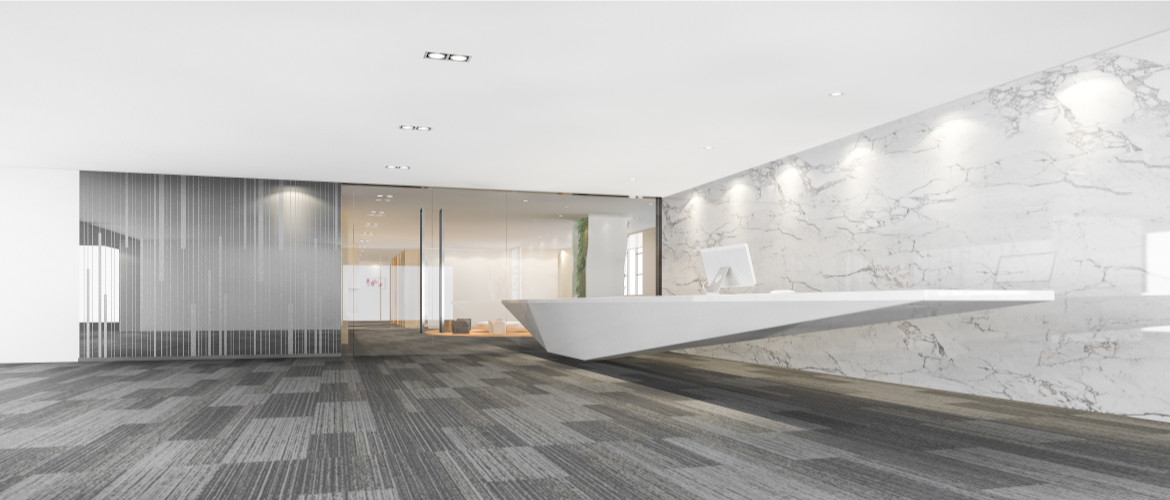
✔The global supply chain of porcelain tiles and key production hubs
✔How currency valuations directly affect import/export costs
✔Real-world case studies of exchange rate impacts on tile pricing
✔Actionable strategies for buyers and sellers to hedge against forex risks
✔Future industry trends, including digital currencies and nearshoring
By the end of this guide, you’ll have adetailed, practical understanding of how to navigate the financial complexities of the porcelain tile market in an era of economic uncertainty.
The Global Porcelain Tile Market – An Overview of Production and Trade
Major Producing Countries and Their Market Influence
Porcelain tiles are manufactured worldwide, but a few key countries dominate production and exports:
۱.China – The world’s largest exporter, offering competitive pricing due to economies of scale.
۲.Italy – Renowned for high-end, designer tiles with superior craftsmanship.
۳.Spain – A major player in mid-range quality tiles, balancing cost and durability.
۴.India – Rapidly growing as a cost-effective alternative with improving quality.
۵.Turkey & Brazil – Emerging suppliers with strong regional influence.
Each of these countries operates in different currency environments (CNY, EUR, INR, TRY, BRL), meaning exchange rate shifts can drastically alterexport competitiveness.
Key Cost Factors in Porcelain Tile Pricing
The final price of porcelain tiles is determined by multiple variables, many of which aredirectly or indirectly tied to exchange rates:
۱.Raw Material Costs (40-50% of production cost)
– Kaolin, feldspar, quartz – often sourced locally but priced in USD on global markets.
– Pigments and glazes – frequently imported, making them forex-sensitive.
۲.Manufacturing Expenses (20-30% of cost)
– Energy (electricity, natural gas) – prices fluctuate with oil/gas markets (USD-denominated).
– Labor wages – dependent on local inflation and currency stability.
۳.Logistics & Shipping (15-25% of landed cost)
– Container freight costs (affected by oil prices and USD strength).
– Import duties and tariffs (often adjusted based on trade agreements and currency valuations).
۴.Exchange Rate Impact (Variable but critical)
– A10% depreciation in the importer’s currency can increase costs by8-12%, depending on supply chain structure.
How Exchange Rates Directly Affect Porcelain Tile Prices
Immediate Impact on Importers and Buyers
When an importer’s currency weakens against the exporter’s currency:
-Example: If theUSD falls by 15% against the Chinese Yuan (CNY), a U.S. importer purchasing tiles priced atCNY 50/sq.m will see costs rise from$7.50 to $8.62 per sq.m (assuming previous rate: 1 USD = 6.66 CNY).
-Result: Retail prices must increase, or profit margins shrink.
Conversely, astronger importer currency (e.g., EUR appreciation vs. TRY) makes Turkish tiles cheaper for European buyers.
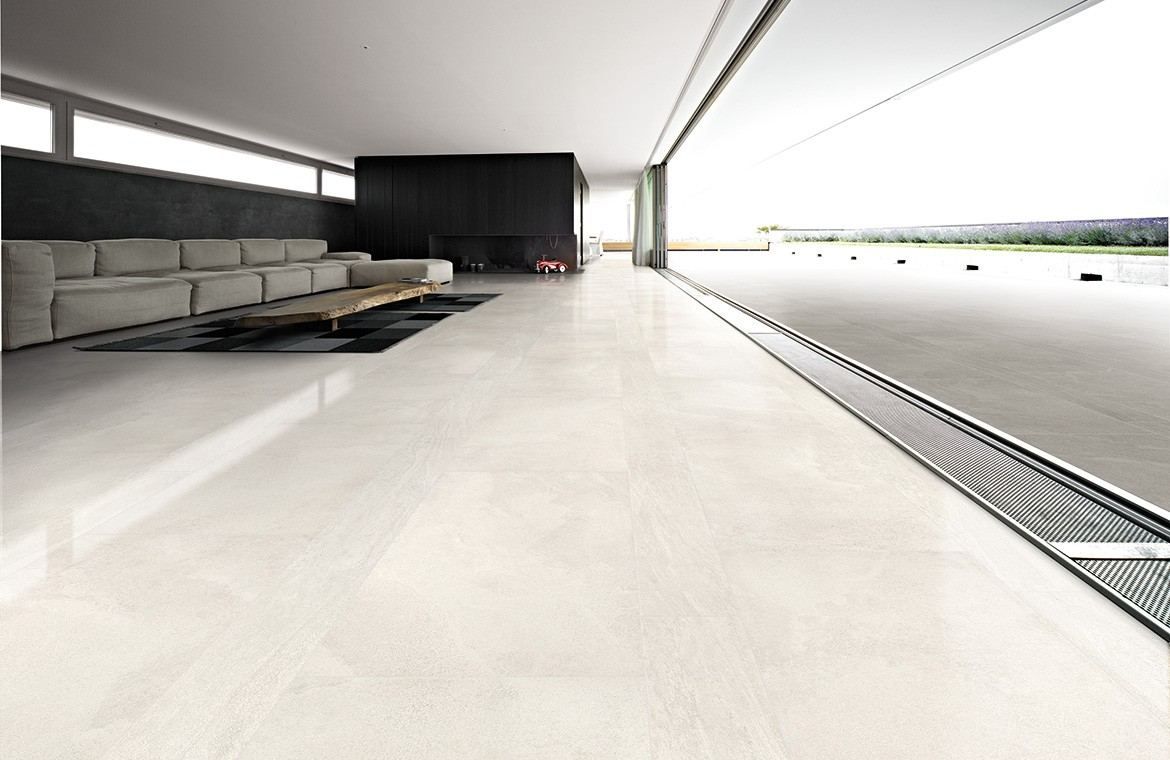
Secondary Effects on Production and Supply Chain
۱.Fuel and Shipping Costs
– Maritime freight rates arepegged to the USD. A weaker local currency increases shipping expenses.
– Example: Brazilian exporters face higher costs when the BRL depreciates, as fuel is bought in USD.
۲.Inflation in Producing Countries
– If a country’s currency devalues (e.g., Turkish Lira in 2021-2023), local production costs (labor, energy) rise, forcing manufacturers to increase export prices.
۳.Trade Tariffs and Anti-Dumping Duties
– Countries may impose tariffs to protect local industries, further complicating forex-related pricing.
Case Study – The Euro’s Decline (2022) and Its Effect on Italian Tile Exports
-Scenario: The EUR/USD fell from1.20 to 0.95 in 2022.
-Impact: Italian tile manufacturers became15-20% more competitive in the U.S. market, as American buyers effectively got a discount due to favorable exchange rates.
-Result: Italian exports to the U.S. surged, while Chinese exporters lost some market share.
Practical Strategies to Manage Exchange Rate Risks in the Tile Industry
For Importers & Buyers
۱.Currency Hedging
– Useforward contracts to lock in exchange rates for future payments.
– Example: A U.S. importer expecting a large shipment in 6 months can fix the USD/EUR rate today.
۲.Diversify Supplier Base
– Source from multiple countries (e.g., Spain + India) to balance currency exposure.
۳.Bulk Purchasing During Favorable Rates
– Monitor forex trends and stock up when the importer’s currency is strong.
For Exporters & Manufacturers
۱.Invoice in Stable Currencies (USD, EUR)
– Reduces risk of local currency depreciation.
۲.Localized Production
– Establish factories in key markets (e.g., Chinese manufacturers setting up plants in Mexico for U.S. sales).
۳.Dynamic Pricing Adjustments
– Adjust export prices quarterly based on forex trends to maintain competitiveness.
Future Trends – What’s Next for Porcelain Tiles and Forex?
۱.Digital Currency Adoption
– Could Bitcoin or CBDCs reduce forex volatility in international trade?
۲.Nearshoring Boom
– U.S. buyers may shift from China to Mexico to avoid CNY/USD fluctuations.
۳.Sustainability & Carbon Taxes
– New EU carbon taxes (CBAM) may add costs unrelated to forex, affecting pricing.
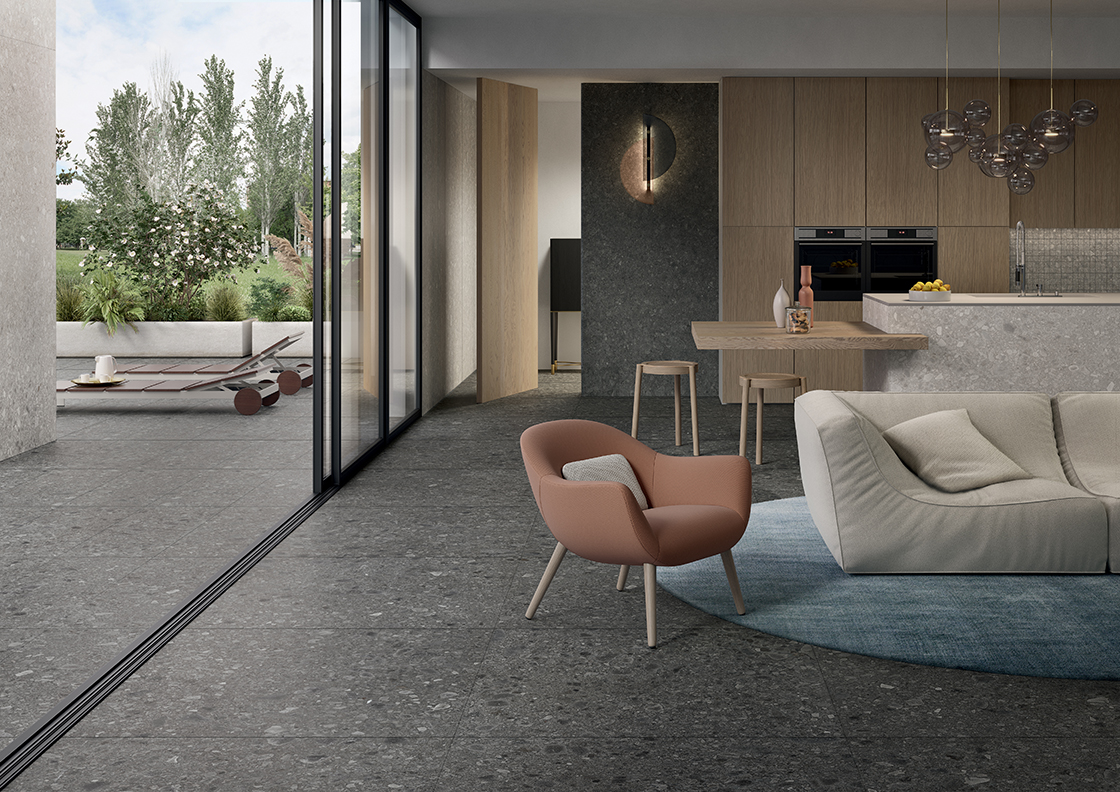
Conclusion
Exchange rates play apivotal role in determining the final cost of porcelain tiles, influencing every stage from raw material procurement to retail pricing. Bymonitoring forex trends, hedging risks, and diversifying suppliers, businesses can mitigate financial exposure.
Final Tip: Use forex tools likeReuters Currency Charts orBloomberg FX to stay ahead of market shifts.
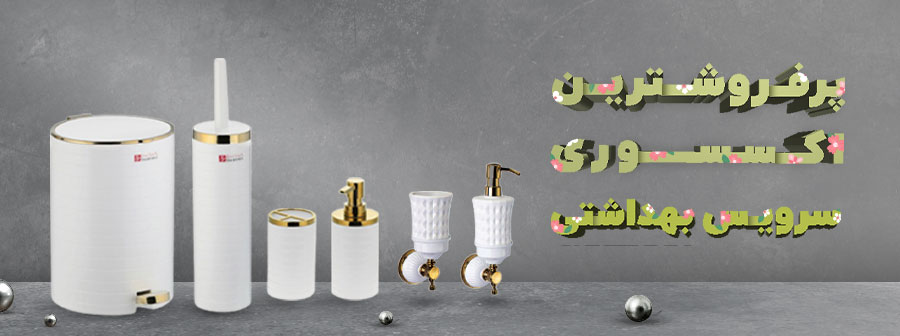

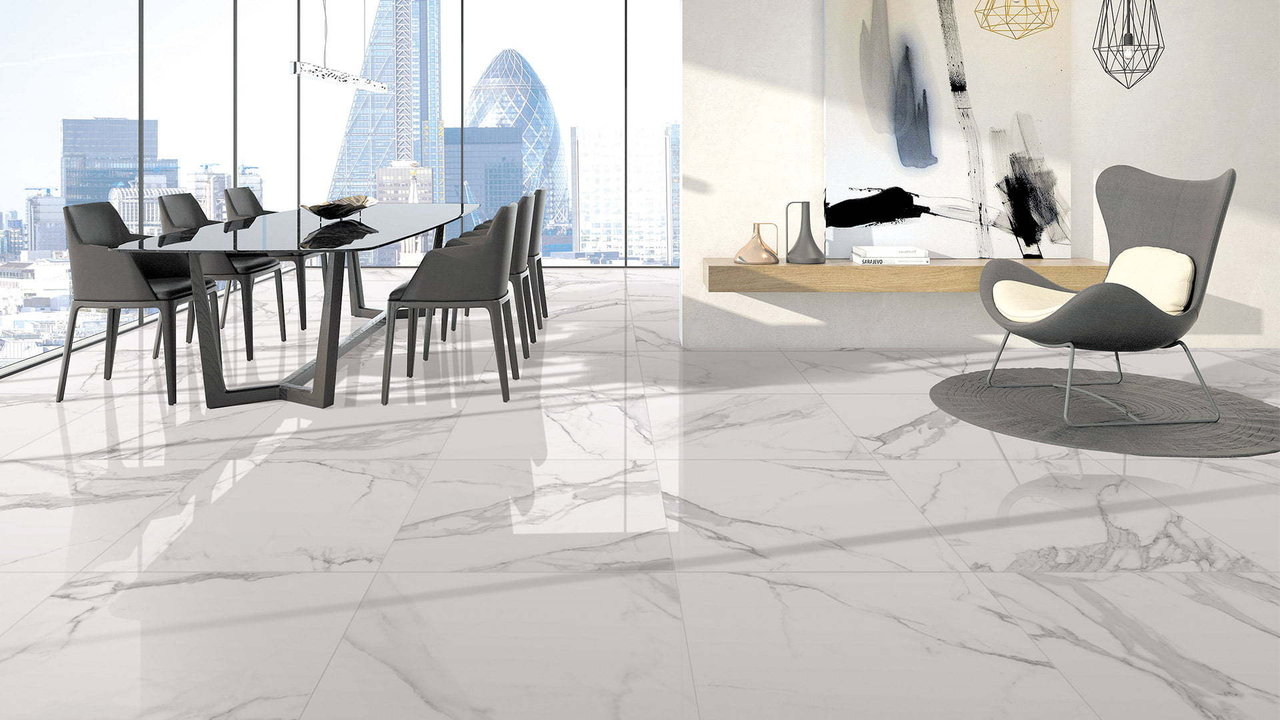
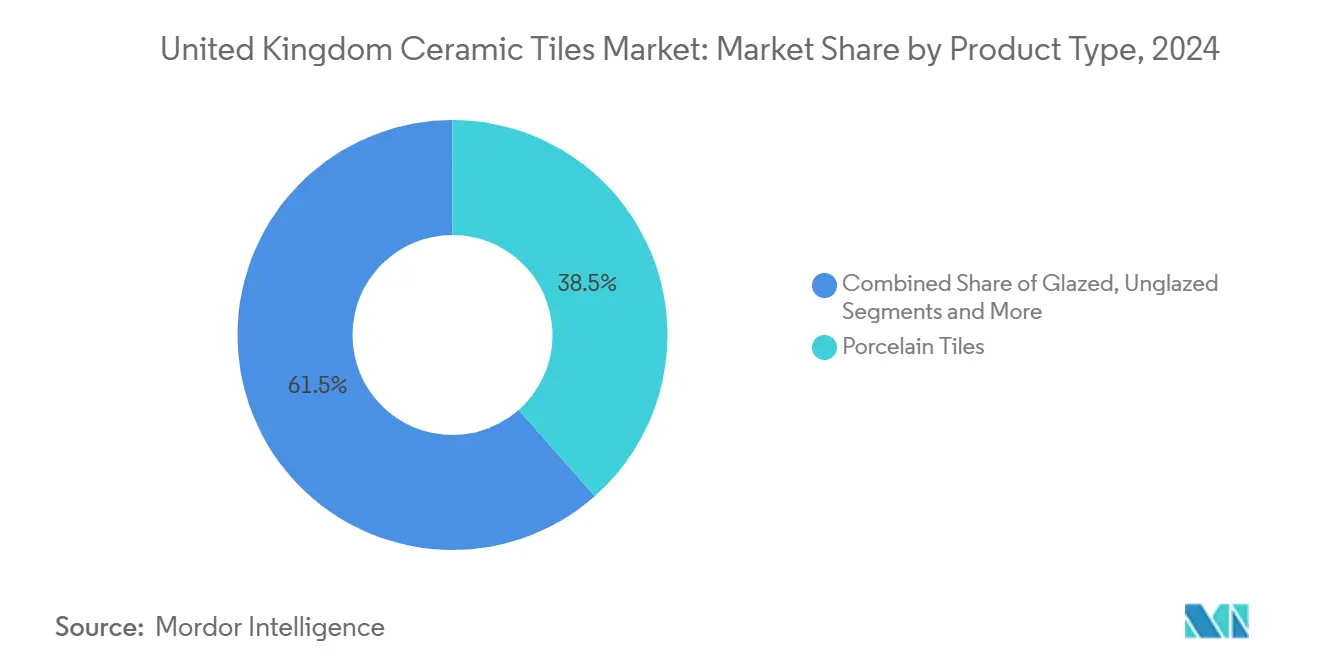
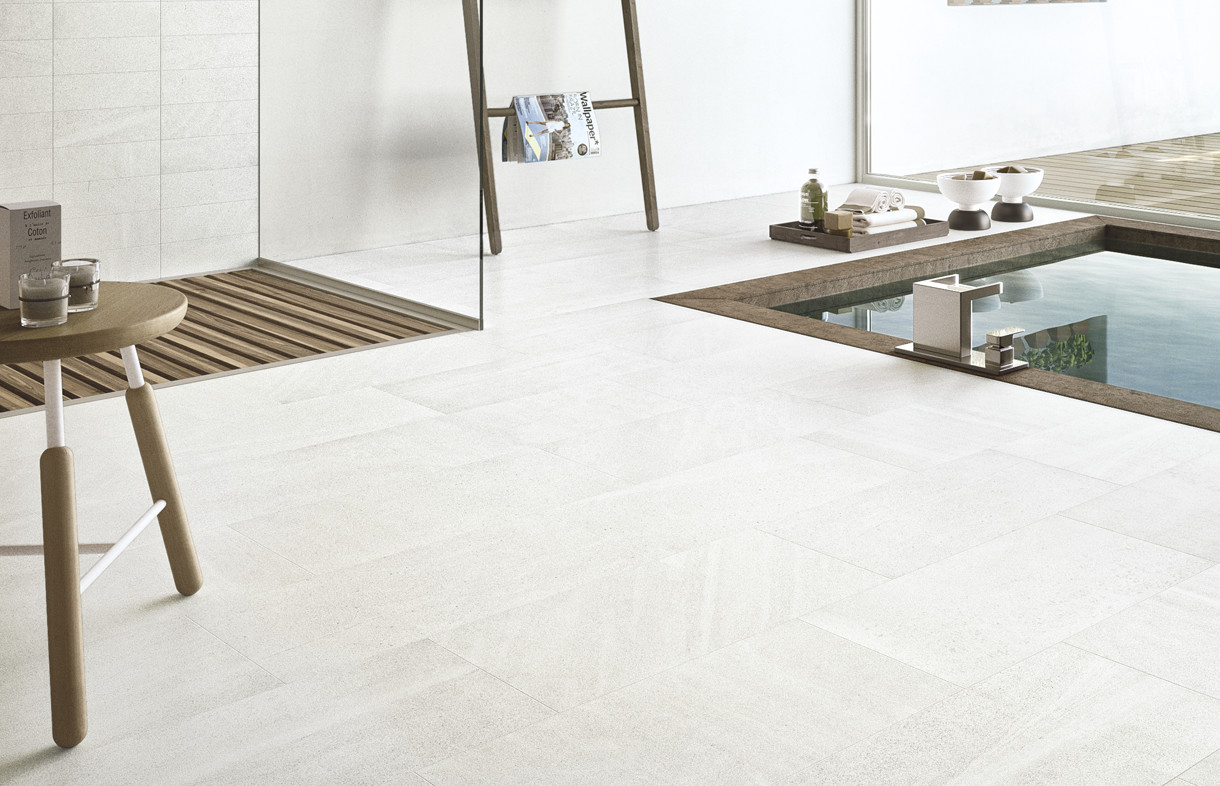

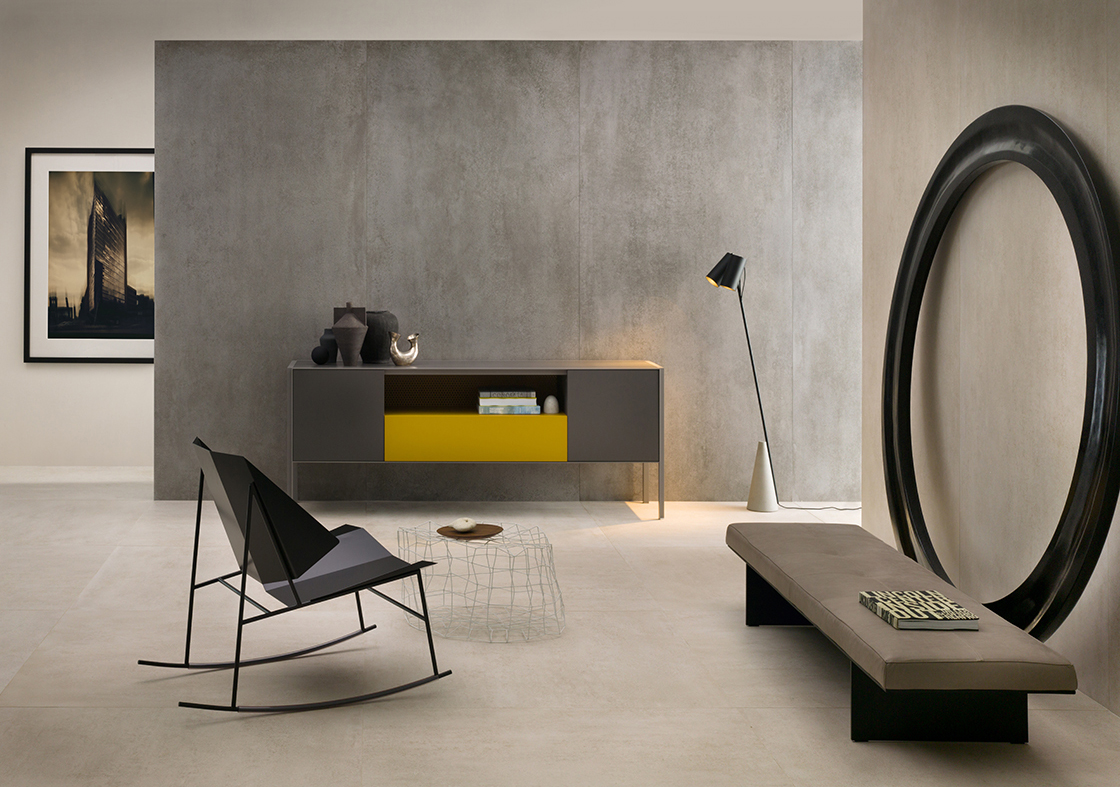
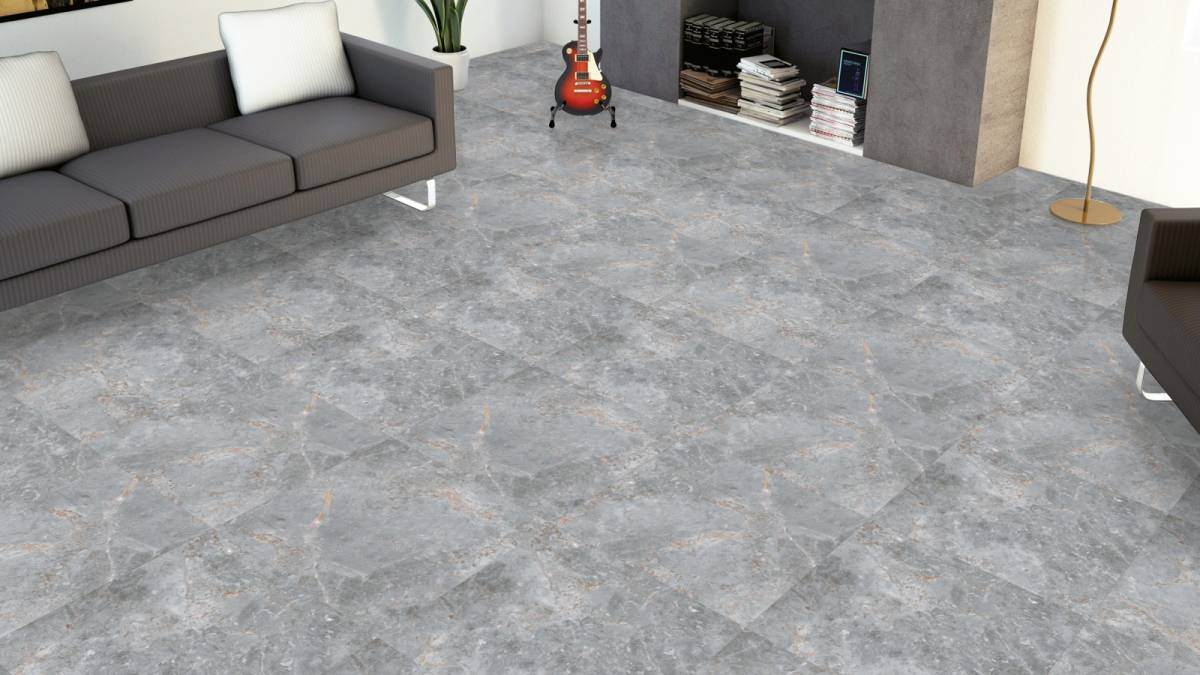
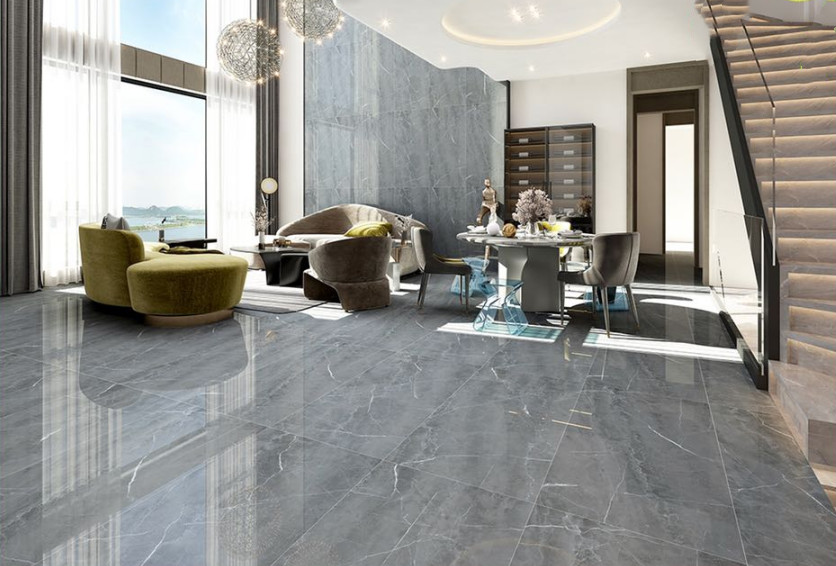

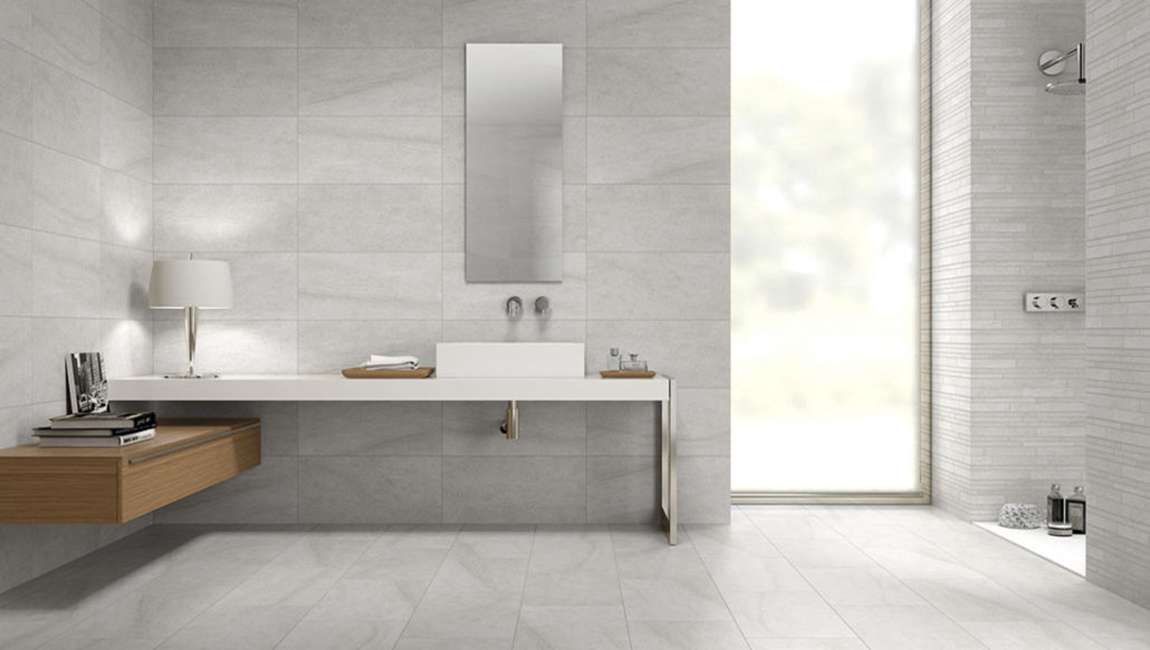

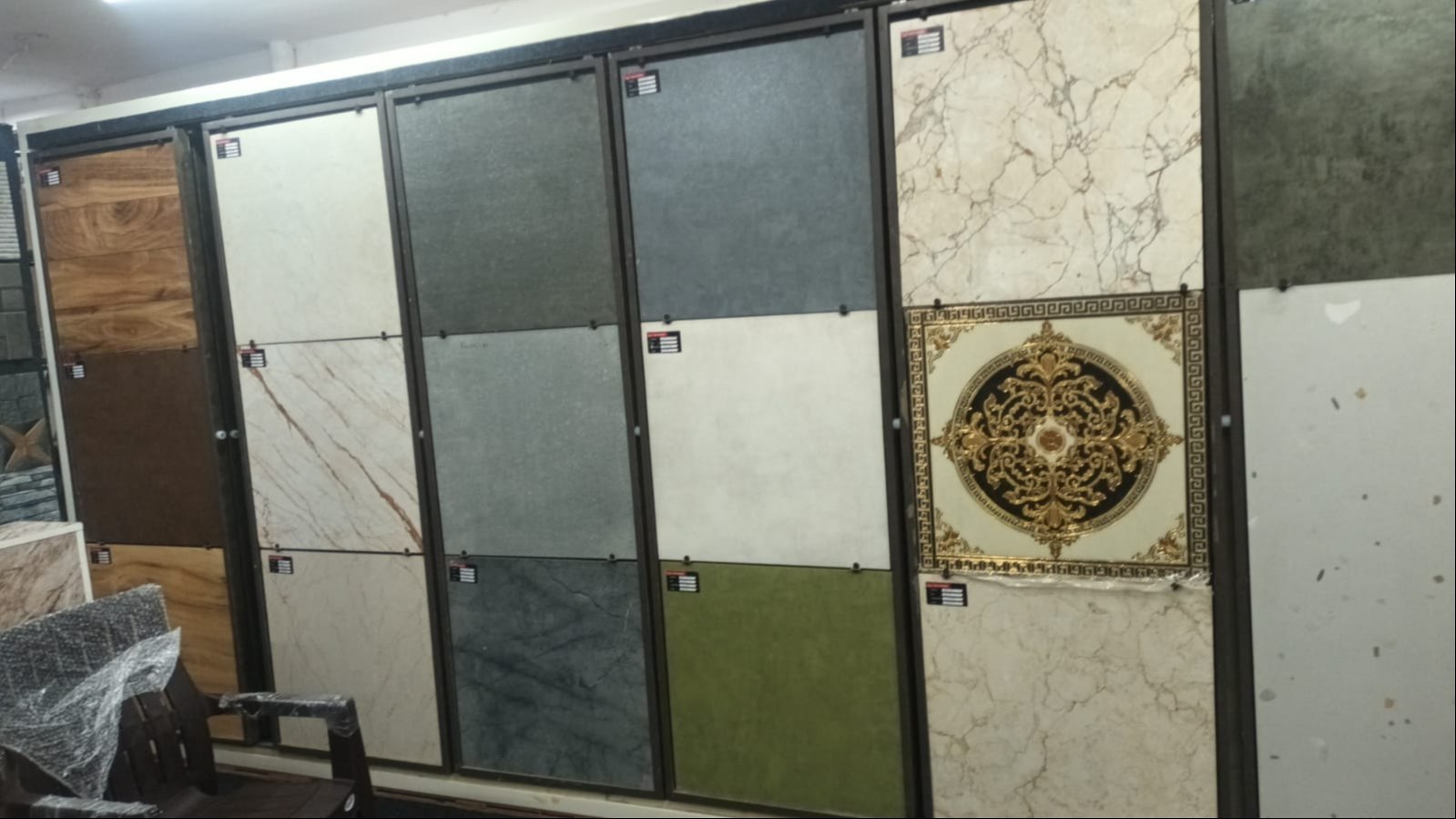
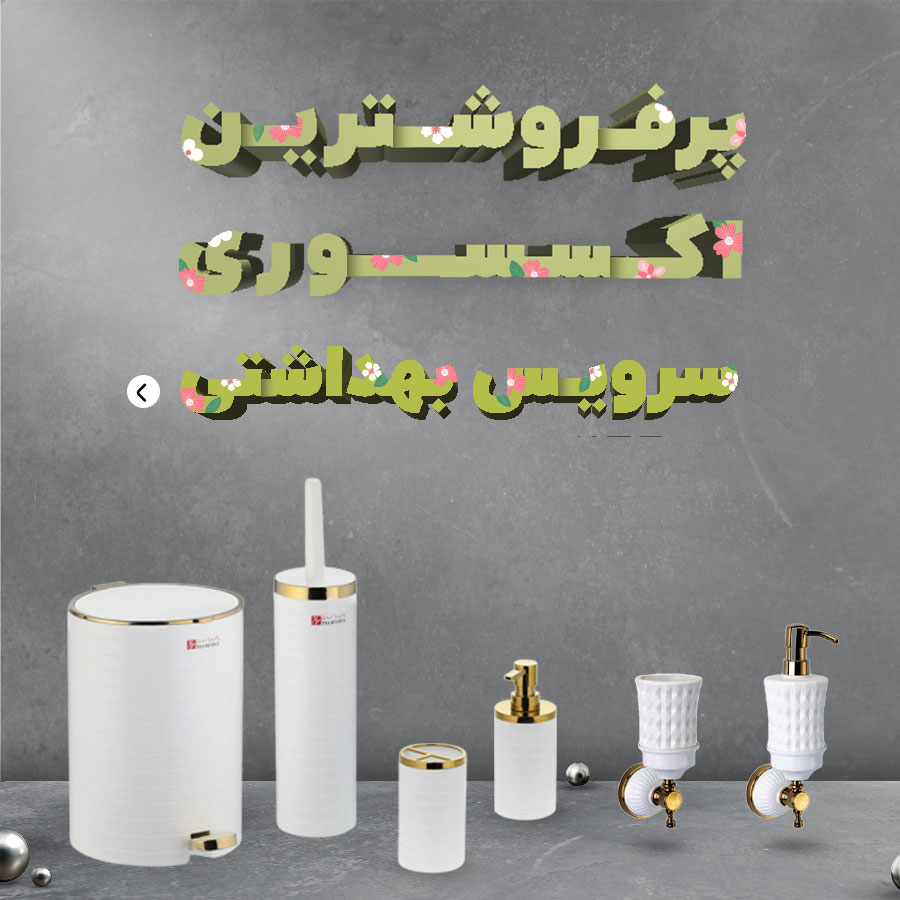

نظرات ۰